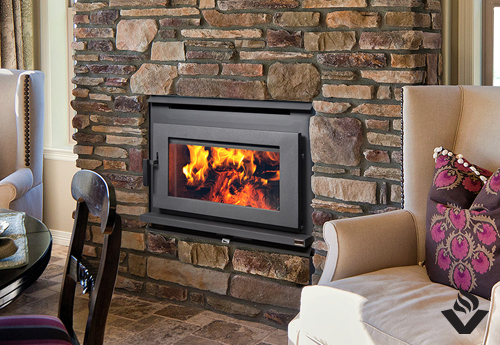

For instance, all gas fireplaces without a vent come equipped with oxygen depletion sensors. That said, these gas fireplaces do have several safety features that work to prevent potential issues with carbon monoxide. Ventless gas fireplace safety featuresĬlaim your home to stay up-to-date of your home‘s value and equity.

In other words, low levels of CO coming from a ventless gas fireplace might fly under a detector’s radar entirely. Yet the World Health Organization’s guidelines for CO exposure recommend no more than one hour of exposure at concentrations as low as 26 ppm. At 40 ppm, it takes 10 hours for a Kidde detector to go off (and it doesn’t measure below that concentration). The popular Kidde CO detector, for example, will sound the alarm after 4 minutes of propane gas exposure to air with 400 parts per million of carbon monoxide.īut to sound the alarm at lower levels, the exposure has to be much longer. This, in turn, could put their health at risk.Īccording to Bailes, most home CO detectors are designed to detect high levels of the odorless propane gas, and the probable emission from ventless propane fireplaces is quite low. The problem is that since these ventless versions typically don’t come equipped with a CO detector, most people won’t realize their fireplaces aren’t functioning properly.

Incomplete combustion creates the dangerous molecular byproduct carbon monoxide (CO)-an odorless gas that causes brain damage and even death at high-enough exposure levels. A lack of oxygen-which can be caused by fans, drafts, nearby candles, or an older chimney or improperly maintained fireplaces-can “change the combustion process, making it incomplete,” Bailes explains. Safety issues come into play, however, when your combustion in a gas fireplace becomes less than perfect. And gas fireplaces are better for the environment as propane burns cleaner than wood-burning versions. In a process called “perfect combustion,” molecules of oxygen combine with methane’s carbon and hydrogen to create two harmless byproducts: water vapor and carbon dioxide (CO2).Īs a result, “When they’re running correctly, ventless gas fireplaces do a pretty good job,” says Bailes.


 0 kommentar(er)
0 kommentar(er)
